
views
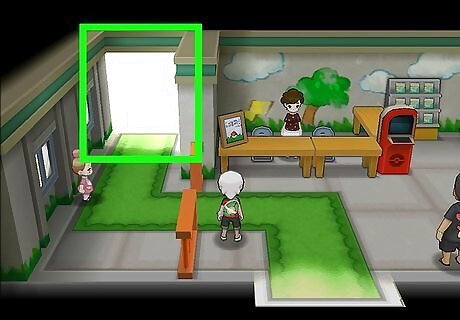
Be aware of the modified combat mechanics for the Safari Zone. In the Safari Zone, you'll have four options during battle that work differently than your four "ordinary" options. These new options are: use bait, use a rock, use a safari ball, and run away. In some games, "bait" is referred to as "food" and "rocks" are referred to as "mud" — in both cases, they function identically. In this subsection, we'll briefly review these new combat mechanics. Note that the "run away" option functions as normal, so we won't be discussing it.
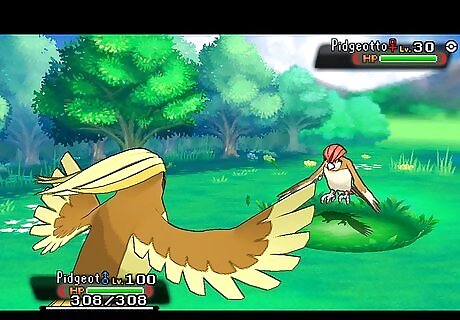
Use bait to make a Pokémon less likely to run. In the Safari zone, you can't attack the Pokémon you come across, so the main thing determining whether or not you'll be able to capture one is whether the Pokémon runs away. Pokémon in the Safari Zone tend to be more skittish than normal and will sometimes run away after just a few moves. Throwing out some bait makes the Pokémon you encounter less likely to run, buying you more time to catch them. However, using bait will also make the Pokémon more difficult to catch in a safari ball. Thus, striking a balance here can be difficult — the longer you get the Pokémon to stick around for, the harder it will be to actually capture it.
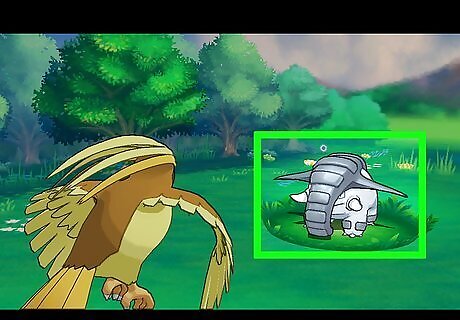
Use rocks to make a Pokémon easier to catch. On the other side of the coin are rocks: unlike bait, they make the Pokémon you are confronting easier to catch. Since the safari balls you get in the Safari Zone are fairly weak, softening your target up with a rock or two can be a big help when it comes to capturing them. However, there's an important downside: using rocks will also make the Pokémon more likely to run away. In fact, after taking more than a few rocks, a Pokémon is virtually guaranteed to run away — some will exit the battle sooner. Thus, once again, using rocks means striking a delicate balance as you try to capture your Pokémon.

Use safari balls to attempt to capture Pokémon. As noted above, you can't use any of the "normal" pokéballs from the rest of the game in the Safari Zone. Instead, you are forced to use safari balls, which are quite weak, especially when dealing with higher-level Pokémon that would be difficult to catch with stronger pokéballs. Unfortunately, there's no easy way to get the most out of your safari balls so generally your best bet is to simply throw one after a rock or two and hope for the best. Note that you only have a limited supply of safari balls (depending on the game, usually 30), so save them for Pokémon you want to catch. It's generally the best use of your time to use your safari balls for Pokémon that are only found in the safari zone.

In general, go for capture attempts after one or two rock throws. Unless you're willing to explore the actual math the Pokémon games use to determine whether or not you make a successful capture (more on this below), Safari Zone battles can be a frustratingly inexact science. As a very general rule, your best chances for capturing a Pokémon is generally to throw a safari ball after you've hit the Pokémon with a rock or two. However, be prepared for failure, as Safari Zones can be notoriously difficult even if you maximize your chances for success. Note that safari balls are weak compared to the pokéballs you can use in the rest of the game. In addition to this, especially rare Safari Zone Pokémon are extra-difficult to catch. This can lead to some very frustrating situations — for instance, it can easily take 20 or more tries to catch an exceptionally rare Pokémon like Clefairy.
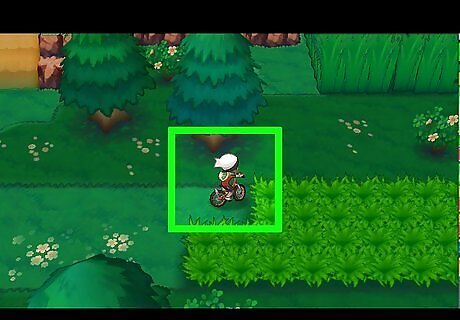
Use your limited steps carefully. It's important to understand that you are not allowed to stay in the Safari Zone forever. Instead, you are limited to a certain number of steps while within the zone (even if you're on a bike). When you run out of steps, you are taken out of the zone. This means that you need to plan your path through the zone carefully. Head directly to the area that contains the Pokémon you want to try to capture and use the steps you have remaining solely to capture the Pokémon you want. It is helpful to consult a map of the Safari Zone before entering to plan your trip. Bulbapedia, an online user-supported Pokémon encyclopedia, has extensive information about each game's Safari Zone, including maps and guides covering where to look for the Pokémon in each zone. See the Bulbapedia Safari Zone article to get started. Note that there is no step limit in the Safari Zone in Pokémon HeartGold and SoulSilver.
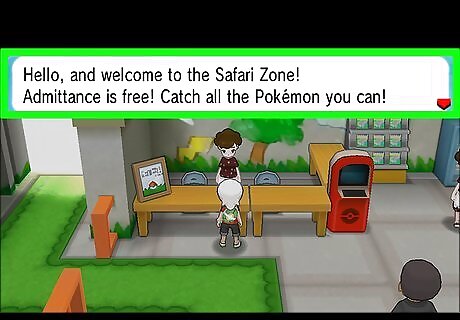
Be prepared to pay the entrance fee. It costs in-game money to enter the Safari Zone — not a huge amount, but enough that it bears mentioning. This entrance fee must be repaid every time you enter the Safari Zone. In other words, if your Safari Zone visit ends for any reason, you'll need to pay again the next time you visit. Across all of the games in the series, the entrance fee has stayed the same: 500 P. This includes the Great Marsh in Pokémon Diamond/Pearl/Platinum, which is not technically a Safari Zone but behaves very similarly. One smart strategy is to save your game before you enter the Safari Zone. This way, if you don't catch any Pokémon you want, you can re-load to avoid paying the entrance fee again.
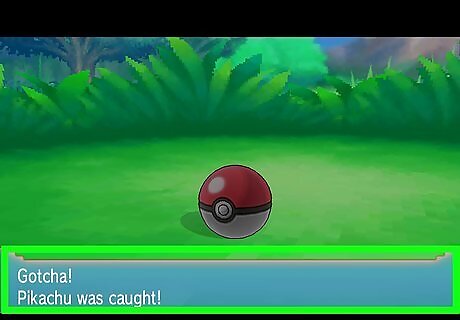
Consider exploring the math of capture mechanics. In Pokémon, the likelihood of capturing a certain Pokémon when you throw a pokéball is determined by a math equation that takes into account a variety of variables, like its remaining HP, any status effects it is suffering, and more. Avid Pokémon players have analyzed these equations for each game to determine the best ways to catch Pokémon. Though the specifics of every game's equations are too complicated to explore in depth here, a great place to start is Bulbapedia's catch rate article, which has each game's capture equations and a section on how Safari Zone mechanics effect capture rates. As an example of the sort of equation used in the games to determine whether certain Pokémon are captured, consider the equation from the Generation games (Gold and Silver):a = max((3 × HPmax - 2 × HPcurrent) × ratemodified / (3 × HPmax), 1) + bonusstatus where HPmax is the Pokémon's maximum HP, HPcurrent is the Pokémon's current HP, ratemodified is the catch rate of the Pokémon modified by the ball used (every Pokémon and every ball modifies this in a certain way, and bonusstatus is the modifier for any status condition (sleep and freeze are 10, all others are 0). When you throw a ball, a random number between 0 and 255 is generated. If this number is less than or equal to a, the Pokémon is caught.













Comments
0 comment